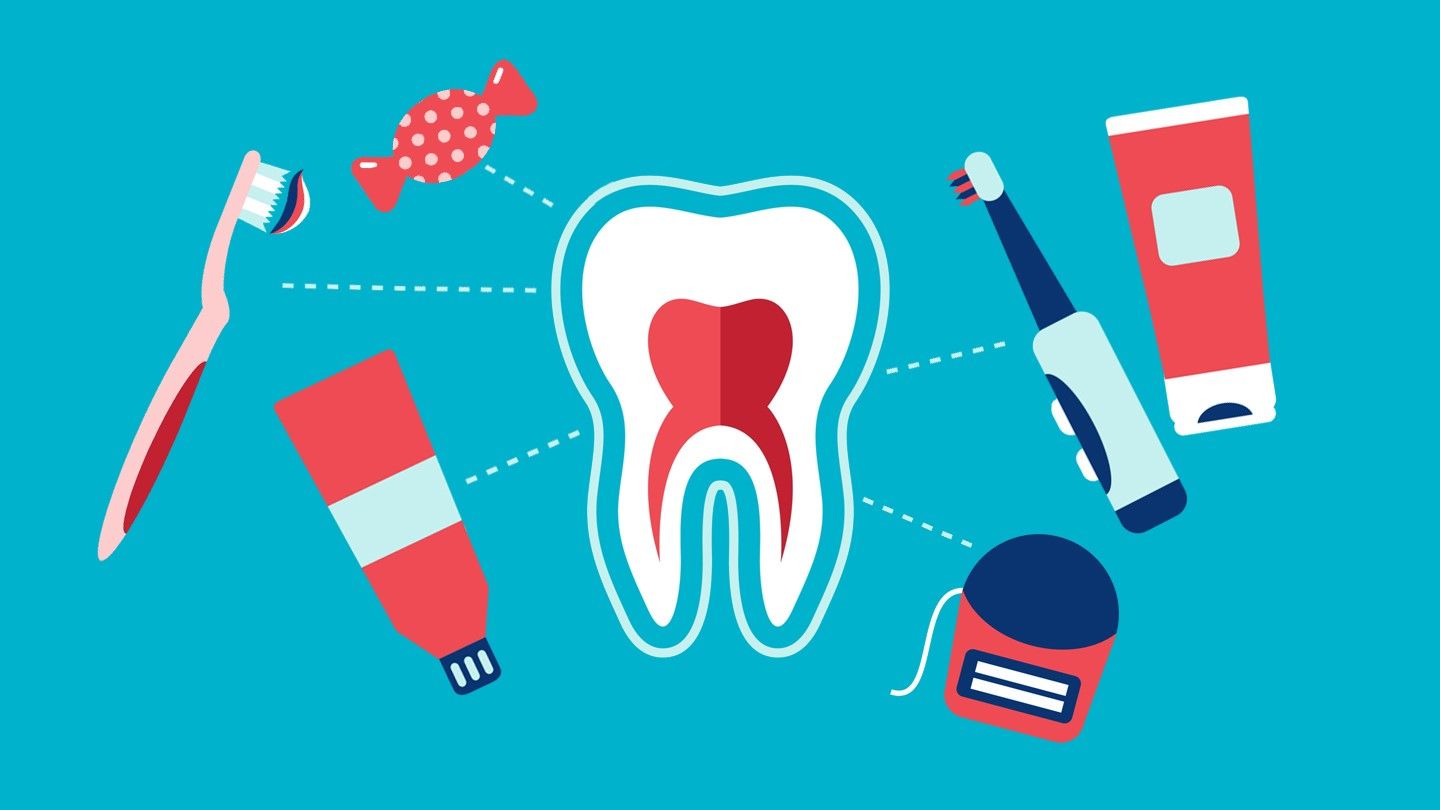Endocarditis is an infection of the endocardium, or the inner lining of the heart chambers and heart valves.
The condition is sometimes called infective endocarditis, and it can damage your heart, causing serious complications.
Though infective endocarditis is potentially life-threatening, most people who are treated with antibiotics recover.
Causes and Risk Factors of Endocarditis
- Everyday oral hygiene, such as brushing your teeth or flossing, can cause your gums to bleed, allowing bacteria to enter your bloodstream.
- Intravenous (IV) catheters, or thin tubes that healthcare providers use to inject fluid or medications from the body, can allow bacteria to enter the body and bloodstream. The longer a catheter is in place, the more likely an infection is to occur.
- An infection on or in your body, such as a skin sore, gum disease, or a sexually transmitted infection, may spread bacteria to your bloodstream.
- Certain dental procedures, such as tooth extractions, can cut your gums and allow bacteria to enter your bloodstream.
- Intravenous illegal drug use, such as heroin or cocaine, can lead to endocarditis if contaminated needles or syringes are used.
- Needles used for tattoos or piercings can allow bacteria to enter your bloodstream and lead to endocarditis.
- Damaged heart valves
- Artificial heart valves
- Some types of congenital heart defects (heart abnormalities present at birth)
- Implanted medical devices in the heart (such as a pacemaker)
How Is Endocarditis Diagnosed?
- Blood tests will identify any bacteria or germs that are in your bloodstream. They will also allow your doctor to check for conditions that can be a sign of endocarditis, like anemia, which is a shortage of healthy red blood cells.
- Echocardiogram uses ultrasound waves to produce pictures of your heart to check for signs of infection.
- Electrocardiogram (ECG) can show your physician if something is affecting your heart’s electrical activity. This test involves sensors attached to your chest, arms, and legs that measure the timing of each electrical phase of your heartbeat.
- Chest X-ray will allow your doctor to see if an infection has caused your heart to become enlarged or has spread to your lungs.
- CT scan or MRI may be ordered if your doctor suspects an infection has spread to your brain or other parts of your body.
Treatment and Medication Options for Endocarditis
Generally, people with endocarditis can expect to stay in the hospital for a week or more during the course of the antibiotic treatment. If your body responds well to treatment, you may be able to return home and continue to receive IV antibiotic therapy through home healthcare.
If endocarditis damages the heart valves, symptoms and complications may last for years. In these cases, sometimes surgery is needed to either repair the damaged valve or replace it with an artificial one.
Prevention of Endocarditis
Not all cases of endocarditis can be prevented.
In the past, prophylactic (preventive) antibiotic treatments were given to almost everyone with a congenital heart defect one hour before dental procedures, oral surgery, or operations on the gut, genitals, or urinary tract.


10 Dental Myths, Debunked
Now only people at the highest risk of endocarditis are given antibiotics before certain dental procedures.
Your doctor can help you figure out your risk for endocarditis and whether you need to take any prophylactic medications.
Keeping your mouth clean and healthy can reduce the risk of bacteria getting into your bloodstream.
Research and Statistics: How Many People Have Endocarditis
Estimates of the prevalence of endocarditis vary, but it’s a relatively rare disease.
Older estimates found that about 4 out of every 100,000 people are diagnosed with infective endocarditis each year in the United States.
Some newer research suggests that endocarditis may be more common than previously thought — and that the prevalence of endocarditis in the United States also may be increasing.
Endocarditis is more common in men than women.
Related Conditions and Causes of Endocarditis
Resources We Love
Favorite Organizations for Endocarditis Information
American Heart Association (AHA)
The AHA is the nation’s oldest and largest nonprofit organization dedicated to patients with heart issues. Here you can find resources and connect with other patients dealing with heart-related problems. If you are at risk of endocarditis, your doctor can download and print out a wallet card from the AHA’s website stating extra precautions that should be taken before certain treatments.
National Organization for Rare Disorders (NORD)
NORD is a patient advocacy organization dedicated to individuals with rare disorders and conditions, including endocarditis. Get the essential facts about endocarditis on NORD’s website.
Mayo Clinic
The Mayo Clinic provides a complete overview of endocarditis. You can also find general tips on how to live a heart-healthy lifestyle, including ways to make your diet healthier and tips to get in more physical activity.
Additional reporting by Lindsey Konkel.
Editorial Sources and Fact-Checking
- Endocarditis: Symptoms and Causes. Mayo Clinic. March 6, 2018.
- Endocarditis. MedlinePlus. September 16, 2020.
- Endocarditis. Cleveland Clinic. April 29, 2019.
- Endocarditis: Treatment and Diagnosis. Mayo Clinic. March 6, 2018.
- Infective Endocarditis. American Heart Association.
- Infective Endocarditis in the U.S., 1998–2009: A Nationwide Study. PLoS One. March 20, 2013.
- The Influence of Race in Older Adults With Infective Endocarditis. BMC Infectious Diseases. February 17, 2020.
- Infective Endocarditis. National Organization for Rare Disorders.



































